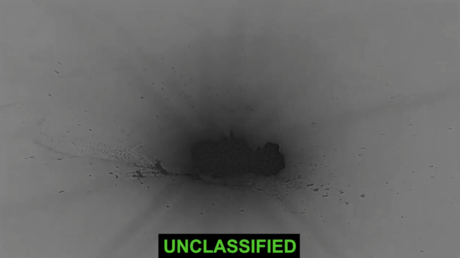
Kungas were created in ancient Mesopotamia by breeding domestic donkeys with Syrian wild asses
Donkey-ass hybrids pulled Mesopotamian battle wagons more than half a millennium before horses were bred for the same task, a new scientific report has revealed.
The research published in Science Advances on Friday claims that ancient ‘kungas’ used in Mesopotamia – and shown pulling wagons in artworks from the third millennium BC – were hybrids created by breeding female domestic donkeys and male Syrian wild asses.
After sequencing the genomes of a 4,500-year-old kunga found buried in Syria, the researchers discovered that the equids were “hybrids between female domestic donkeys and male hemippes” and that they are the “earliest evidence of hybrid animal breeding.”
Eva-Maria Geigl, one of the study’s co-authors, told Live Science that the researchers could tell from the skeletons that the kunga “did not fit the measurements of donkeys” and “did not fit the measurements of Syrian wild asses.”
“They were somehow different, but it was not clear what the difference was,” she said.
Geigl explained that as kungas were sterile, each one had to be specially “bio-engineered” by capturing wild asses and mating them with domestic donkeys.
“They were the earliest hybrids ever, as far as we know, and they had to do that each time for each kunga that was produced – so this explains why they were so valuable,” Geigl declared.
Horses were reportedly domesticated around 3,000 BC, or roughly 500 years after kungas started to be bred.




